|
Yes, we do it for our AR10s, and one in particular. Is it worth it? Dozens of log-book pages have easily proven that it definitely makes a difference in precision reloading for and AR10.
The brass is first rolled in a light coat of Castor Oil We typically do 100 at a time. …. and then sized on a Forster press, assuring that the process leaves the case base, body, shoulder and neck concentric to it’s center mass. Next, we TTL on a Wilson Trimmer. Virtually the most precise of the trimmers available. Each caliber has it’s own case holder. Next is case seperation. We allow (0) zero differences in weight value beteen a 5 round minimum and more usually 10 rounds. They are primed at this point after sorting. Back to the most accurate primer seater thare is…. right on top of the Forster. For precision reloading we use a very old very long=beam scale and trickler. We built a base to hold both and the trickler is locked in so it can’t be bumped. The seating is done on the Forster. Free floating and with a Redding bushing precision die, we’re assured that we’ll have dead concentric loaded cartridges for our data gathering. Each press has a valuable function of it’s own in the entire process with different calibers and applications.. |
7 Tips to Make Your Hunting Stand More Comfortable
Ask anyone who’s spent a morning, afternoon or entire day in a hunting stand about the experience and you’ll get an earful. The quality of hunting gear matters a great deal. Though hunting stands have become more comfortable throughout the years, many are harsh...


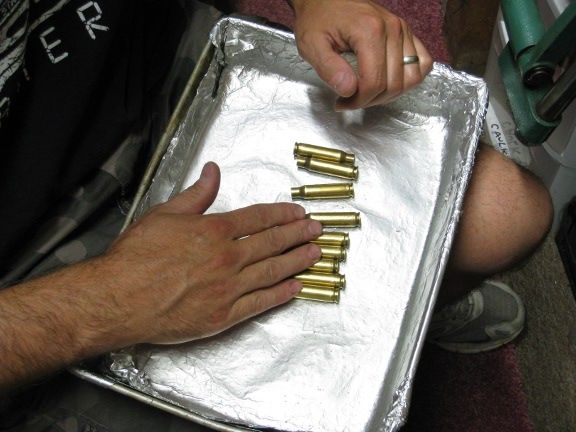


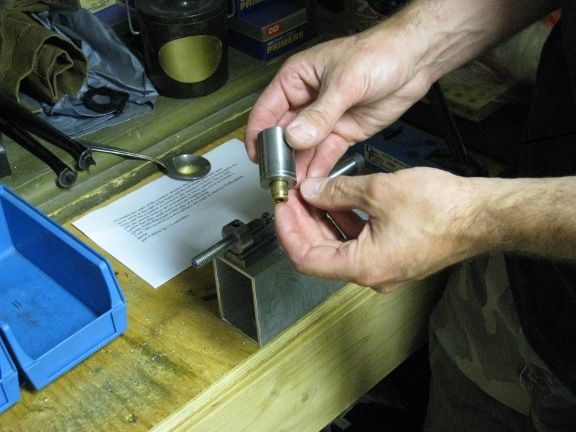
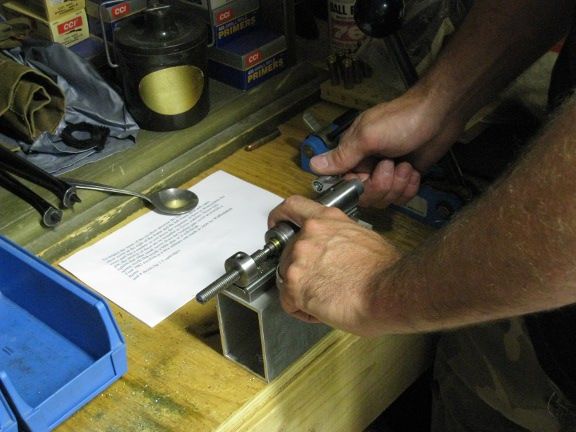



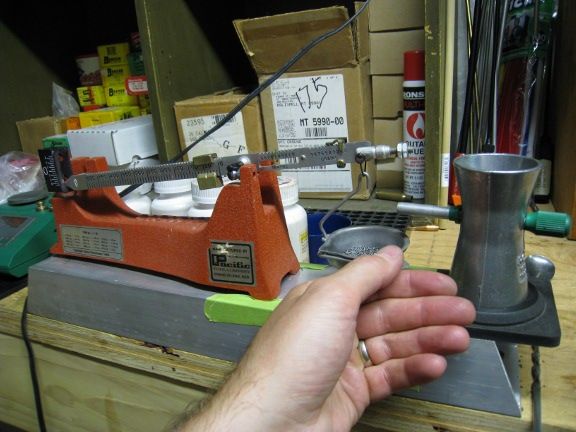
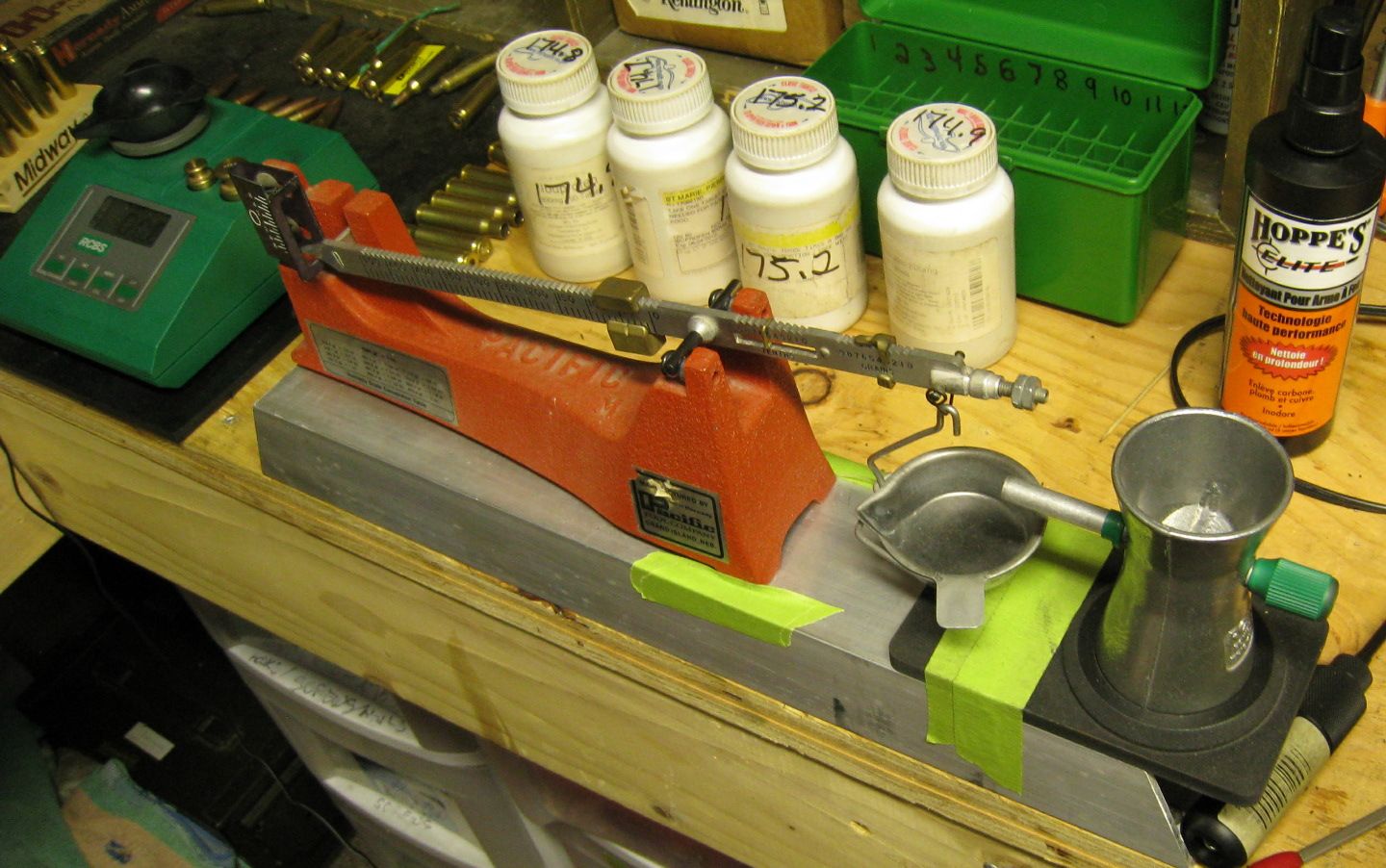

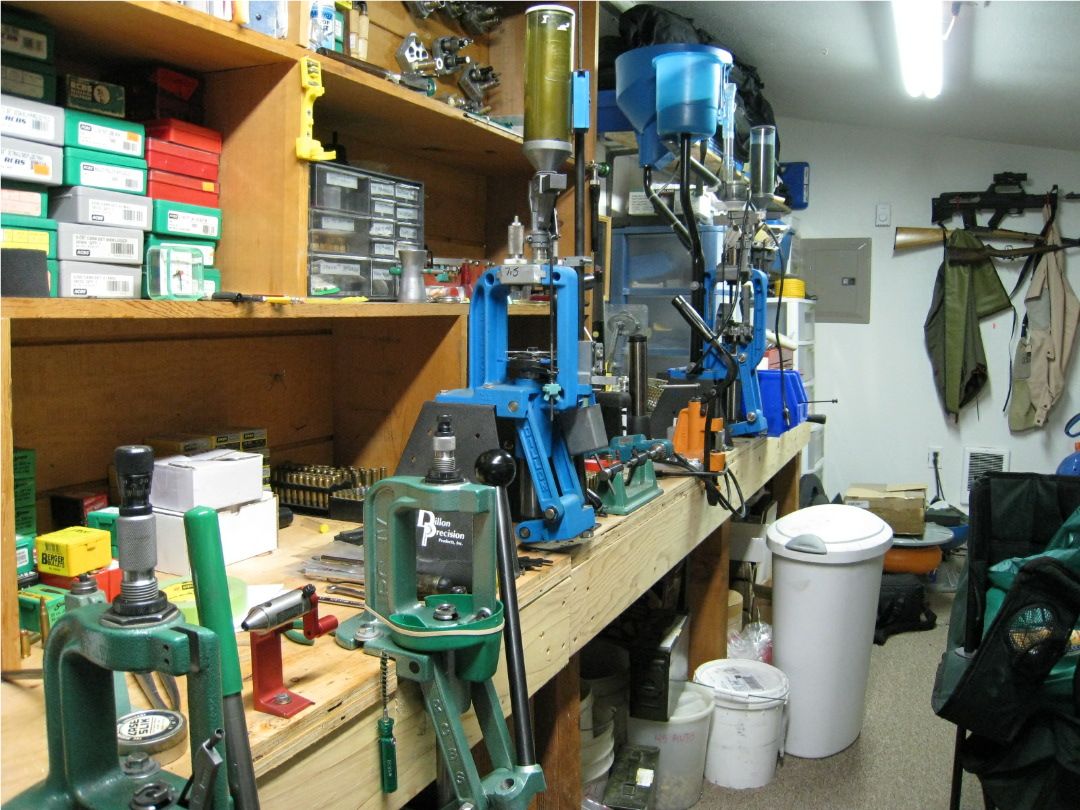
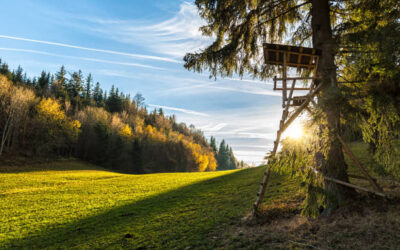


0 Comments